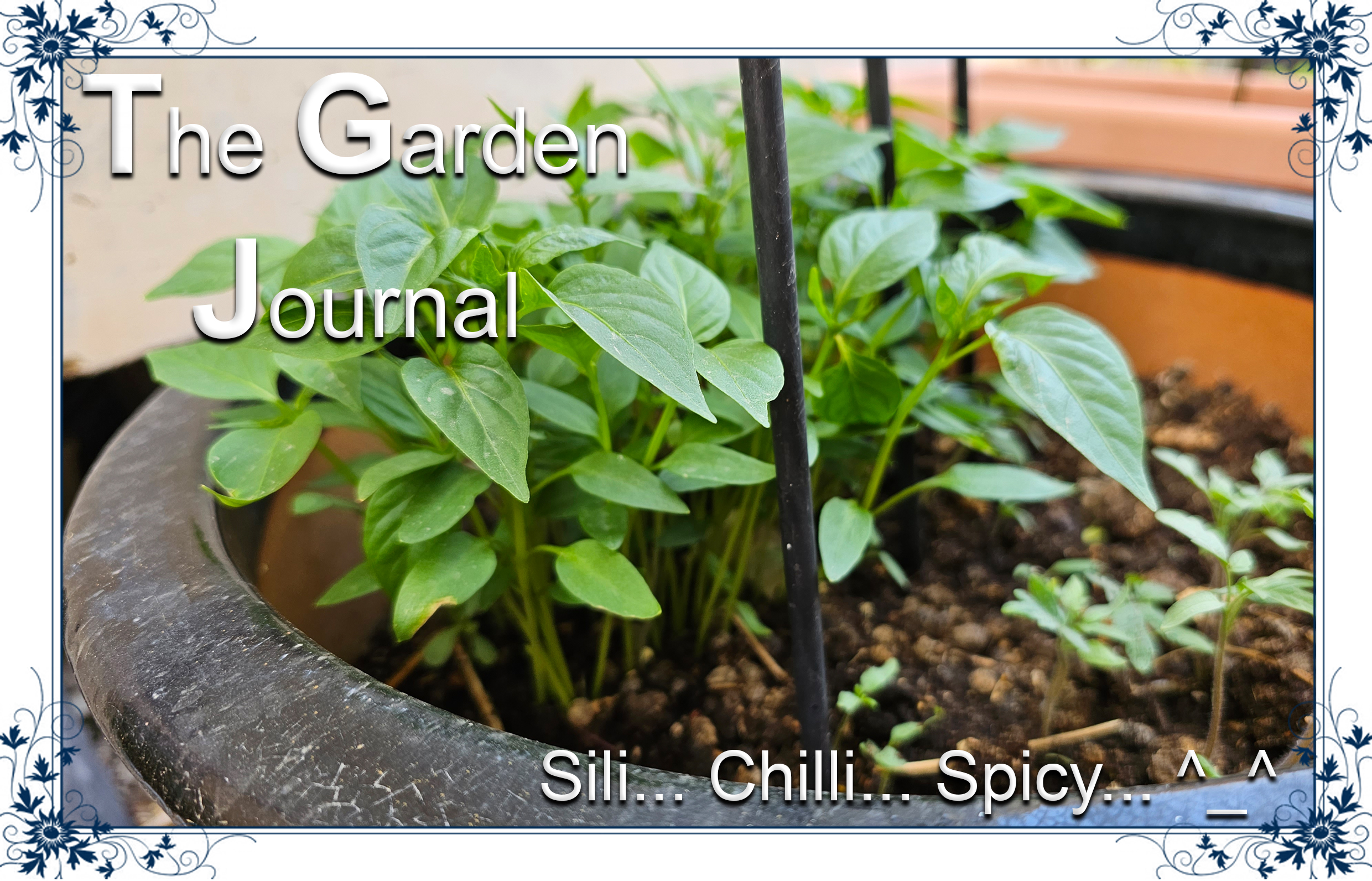Flavors of the Sand: A Guide to Growing Chili Peppers in the Middle East
Chili is one of the easiest plants to grow from seed, and I often plant it when summer arrives, especially now.
I don't really like spicy food without rice. I prefer it mixed with soups or ramen. Chili is commonly used as an appetizer in cuisine and added to various dishes in Asian countries.

Here's a step-by-step guide on how to plant chili peppers in the Middle East, specifically in the United Arab Emirates.
1. Select the right chili pepper variety: Choose a chili pepper variety that is well-suited for the UAE climate and is known for its heat tolerance. Some suitable varieties include Cayenne, Jalapeno, Serrano, and Thai chili peppers.
2. Start seeds indoors: Since the UAE has a hot climate, it's best to start chili pepper seeds indoors to protect them from extreme heat. Begin planting seeds indoors about 8-10 weeks before the last expected frost date. Use seedling trays or small pots filled with seed-starting mix.
3. Sow the seeds: Plant the chili pepper seeds about 1/4 inch deep in the seed-starting mix. Moisten the soil lightly and cover the trays or pots with plastic wrap or a clear dome to create a greenhouse-like environment. Place the containers in a warm location with temperatures around 70-85°F (21-29°C).
4. Provide adequate light: Chili peppers require plenty of sunlight for healthy growth. Once the seeds have germinated and seedlings emerge, remove the plastic wrap or dome and place the seedlings in a location where they will receive 12-14 hours of bright sunlight per day. Alternatively, you can use grow lights if natural sunlight is limited.
5. Transplanting: After the last frost date, when the seedlings are about 6-8 inches tall and have developed several sets of true leaves, they are ready to be transplanted outdoors. Choose a sunny location in your garden with well-drained soil.
6. Prepare the soil: Before transplanting, prepare the soil by adding organic matter such as compost or well-rotted manure. This will improve soil fertility, moisture retention, and drainage. Incorporate the organic matter into the soil to a depth of about 6-8 inches.
7. Dig holes and transplant: Dig holes in the prepared soil that are slightly larger than the root ball of each seedling. Space the chili pepper plants about 12-18 inches apart to allow for proper air circulation and growth. Gently remove the seedlings from their containers and place them in the holes. Backfill the soil around the plants and lightly firm the soil.
8. Watering: After transplanting, water the chili pepper plants thoroughly. Thereafter, water the plants consistently to keep the soil moist but not waterlogged. In the UAE's hot climate, it's important to monitor soil moisture closely and provide regular watering, especially during dry periods.
9. Mulching: Apply a layer of organic mulch, such as straw or wood chips, around the chili pepper plants. Mulching helps to conserve moisture, regulate soil temperature, and suppress weed growth. Leave a small space around the stems to prevent moisture-related diseases.
10. Fertilization: Chili peppers benefit from regular fertilization to support healthy growth and fruit production. Use a balanced, slow-release fertilizer or organic compost every 4-6 weeks during the growing season. Follow the instructions on the fertilizer package for proper application.
11. Support and pruning: As the chili pepper plants grow, they may require support to prevent them from falling over due to the weight of the fruit. You can use stakes or cages for support. Additionally, pinch off the top portion of the main stem once the plants reach a height of about 12 inches. This encourages branching and bushier growth.
12. Pest and disease control: Monitor the chili pepper plants regularly for common pests such as aphids, whiteflies, or caterpillars. Use organic pest control methods or insecticidal soap to control infestations. Also, ensure good air circulation around the plants to minimize the risk

All my recent blog posts revolve around planting plants in the Middle East, specifically tailored to the seasons in this region. These articles are based on my personal experience gained over the past five years of planting here. I hope that the information I share can be of assistance to those residing in hot weather areas.
0
0
0.000
Great guide on growing chili pepper. Your step-by-step instructions and tips are very helpful for gardening enthusiasts in hot climates. Thanks for sharing your personal experience and knowledge.
Thank you, my friend.
Congratulations @kennyroy! You have completed the following achievement on the Hive blockchain And have been rewarded with New badge(s)
Your next target is to reach 6250 replies.
You can view your badges on your board and compare yourself to others in the Ranking
If you no longer want to receive notifications, reply to this comment with the word
STOPCheck out our last posts:
wow, I also still grow chilies in my garden.. I'll show you in my next post @kennyroy
Thanks! Waiting for that! ^_^
Happy Sabbath Anniversary bro Kenneth
Salamat po sa Dios... ^_^